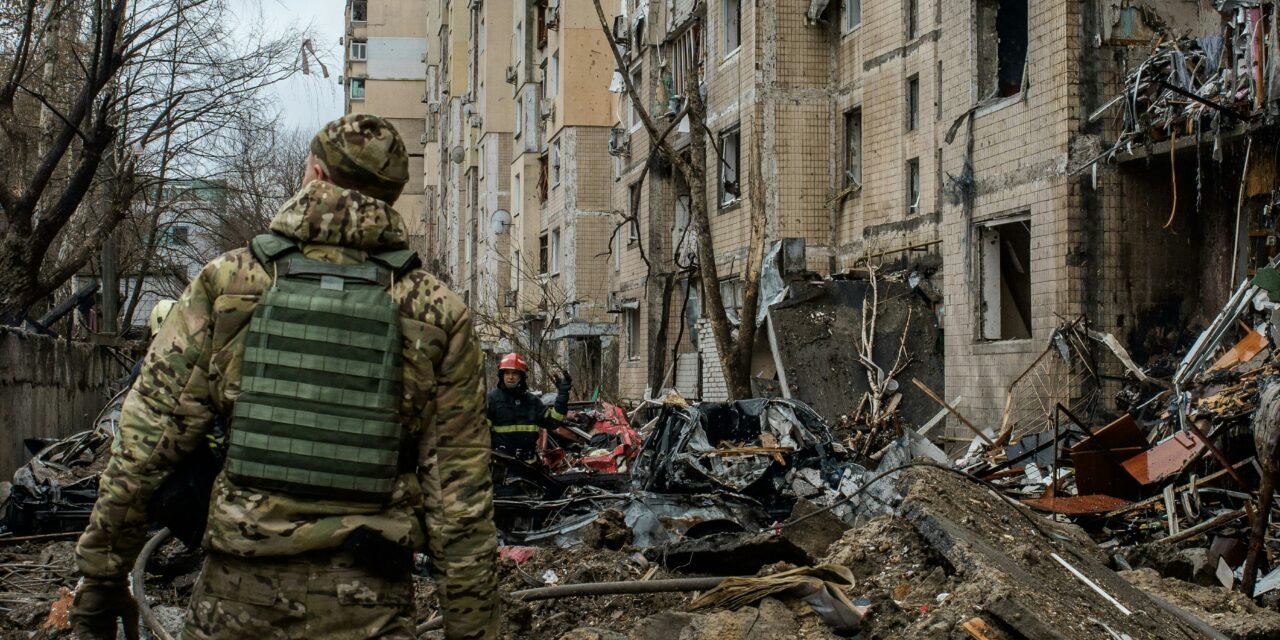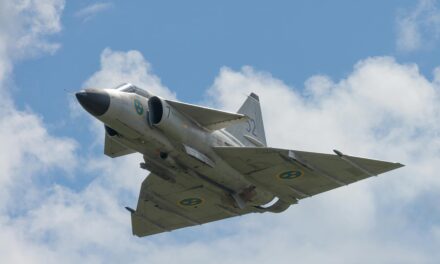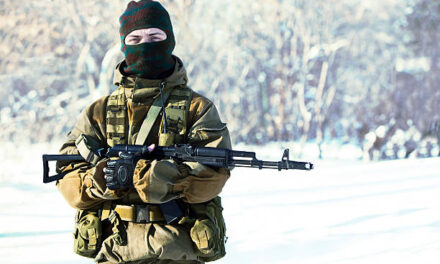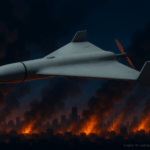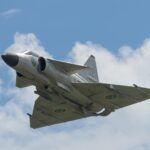Russian forces executed one of the summer’s most intensive combined air operations overnight on July 18-19, unleashing layered waves of missiles, Shahed-type attack drones, and decoy UAVs from multiple directions to tax Ukraine’s air defenses. Launches included twelve Iskander-M/KN-23 ballistic missiles from Voronezh, Kursk, Rostov, and occupied Crimea; eight Iskander-K cruise missiles from Millerovo, Rostov Oblast; and fifteen Kh-101 cruise missiles fired from the airspace over Saratov Oblast. Simultaneously, roughly 200 Shaheds and 144 decoy drones departed from sites in Bryansk, Kursk, and Oryol cities; Millerovo; Shatalovo, Smolensk Oblast; and Primorsko-Akhtarsk in Krasnodar Krai. Ukraine reported intercepting 208 projectiles. Among them 185 Shaheds, seven Iskander ballistic missiles, seven Iskander-K cruise missiles, and nine Kh-101s while electronic warfare reportedly caused seven cruise missiles and 129 decoy drones to be “lost” or suppressed. Despite those defenses, five missiles and around thirty drones struck twelve locations, damaging critical infrastructure.
Officials detailed widespread effects. President Volodymyr Zelensky said strikes in Sumy Oblast knocked out power for thousands, and additional hits in Pavlohrad, Dnipropetrovsk Oblast, damaged vital facilities. Regional authorities described attacks on industrial, educational, and civilian sites across Dnipropetrovsk, Odesa, and Sumy. Dnipropetrovsk Oblast’s Serhiy Lysak called the overnight assault the largest combined strike package against Pavlohrad since the outset of Russia’s full-scale invasion, underscoring the sustained Russian emphasis on targeting energy nodes, industry, and urban services to degrade resilience ahead of future offensives.
The barrage coincided with notable political-industrial signaling. Ukrainian Prime Minister Yulia Svyrydenko said on July 18 that Presidents Zelensky and Donald Trump agreed in principle to future US investment in Ukrainian drone production and prospective US purchases of Ukrainian-made drones, with further technical talks to follow and discussions on US-based production lines for Ukrainian designs. Zelensky separately described a “mega-deal” concept in media comments, framing drones as a core pillar of mutual defense cooperation. For Ukraine’s defense ecosystem, any such partnership would formalize a wartime innovation engine that has iterated new drone variants in weeks, rapidly countering Russian adaptations. For Western militaries, it offers access to combat-proven platforms and a development cadence tuned to modern, high-intensity warfare. Taken together, the July 18–19 strikes spotlight Russia’s reliance on saturation tactics while highlighting Ukraine’s drive to expand asymmetric air defense and strike capacity through deeper international drone collaboration.

